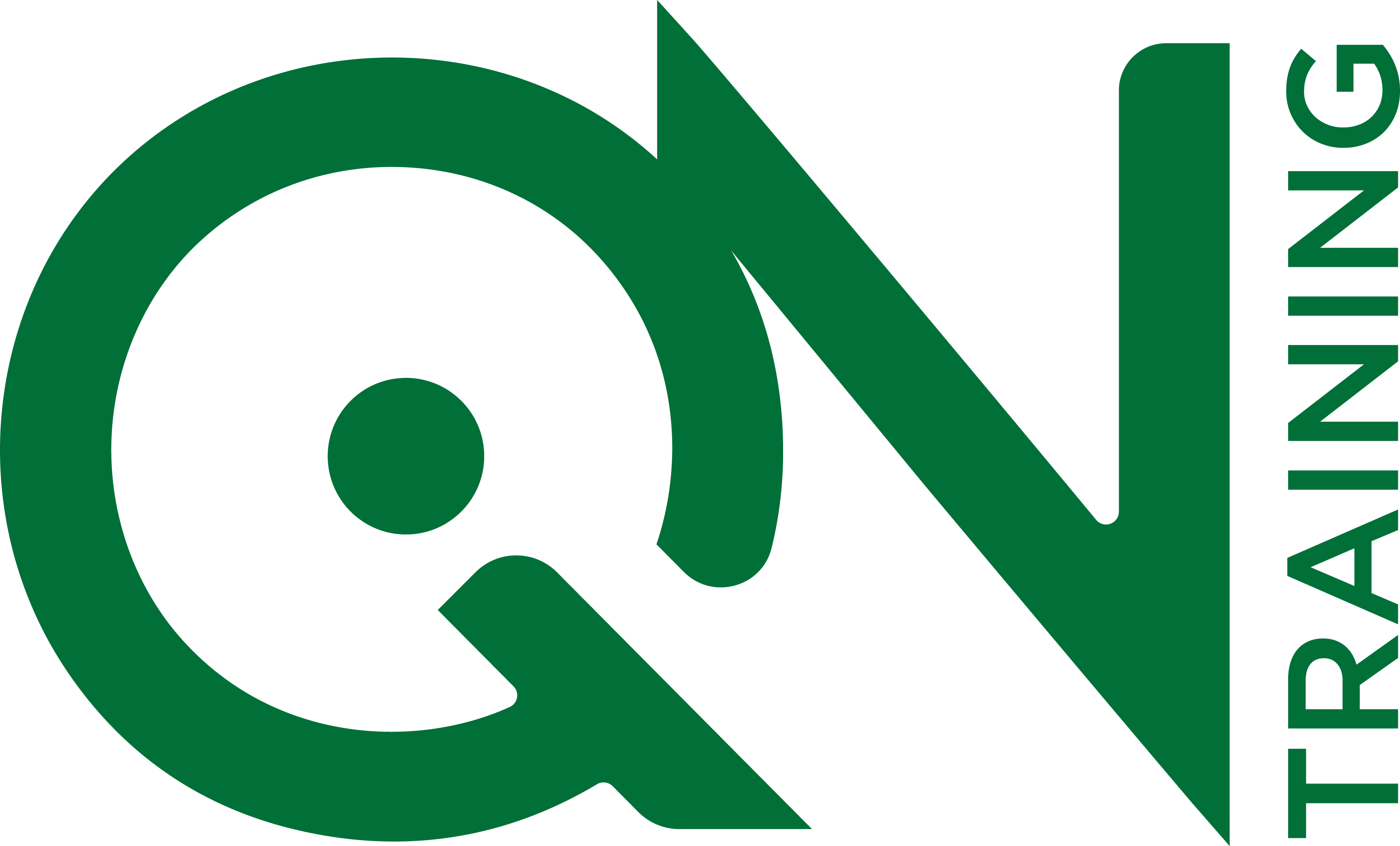Paths are made by walking them.
“The only constant in the universe is change.”
(Heraklit)
Security
… dealing with change processes will become more secure and more goal orientated.
Measurability
… a change process will become more observable and measurable and thus more easily controllable.
Longevity
… long-lasting changes in the behaviour of individuals as well as teams will be achieved.

Changing fixed processes or implementing new processes is a plan that might become very complex, according to the scope of the changes. On the one hand, new technology, new procedures or new rules have to be integrated into an existing organisation and on the other hand, all affected employees have to be trained and qualified in the new processes. Since all of these components are closely interwoven with each other, not considering one element might lead to great difficulties in reaching the desired results.
The participants will learn all important factors which influence the successful and sustainable implementation of change and how to recognise them in each of their own specific challenges. They will learn how to realistically estimate time and costs and how to plan an integrated change process by means of their own concrete examples.
 In most cases, change processes are characterised by special dynamics, sometimes by unforeseen events and occasionally by the necessity to alter planned intermediate targets. This creates great challenges for the change managers in charge and requires extensive competencies from project management.
In most cases, change processes are characterised by special dynamics, sometimes by unforeseen events and occasionally by the necessity to alter planned intermediate targets. This creates great challenges for the change managers in charge and requires extensive competencies from project management.
Within the scope of this training course, the participants will learn about all the resources and tools required in order to successfully control and direct change processes. In addition to the corresponding tools, approaches and methods, central elements of one’s own personal attitude will be illuminated and possible hurdles identified.
 History shows that there are always new management tools, new organisational forms, new working techniques or new communication forms which are deployed in existing organisations. Typical examples today include iterative working, design thinking, Kanban, Scrum and many others. Presenting and training these “new” methods is only one side of the coin. If one does not only want to achieve a short-term activity with these methods, but rather strives for truly establishing these working patterns within the existing day-to-day business, a wholistic approach must be selected.
History shows that there are always new management tools, new organisational forms, new working techniques or new communication forms which are deployed in existing organisations. Typical examples today include iterative working, design thinking, Kanban, Scrum and many others. Presenting and training these “new” methods is only one side of the coin. If one does not only want to achieve a short-term activity with these methods, but rather strives for truly establishing these working patterns within the existing day-to-day business, a wholistic approach must be selected.
Auf der Basis der konkret anstehenden Vorhaben in der Kundenorganisation werden im Rahmen des Trainings: (1) die entsprechende neue Methode präsentiert, (2) der Einsatz im aktuellen Tagesgeschäft geübt, (3) die notwendigen prinzipiellen Verhaltensänderungen der Zielgruppen identifiziert, (4) die nachhaltige und dauerhafte Einführung dieser Technik im Tagesgeschäft diskutiert und geplant.
 1. Veränderungsnotwendigkeiten erkennen
1. Veränderungsnotwendigkeiten erkennen
2. Veränderungen initiieren
3. Zielgruppen sensibilisieren
4. Veränderungen messen und bewerten
5. Veränderungen in der Organisation verankern
